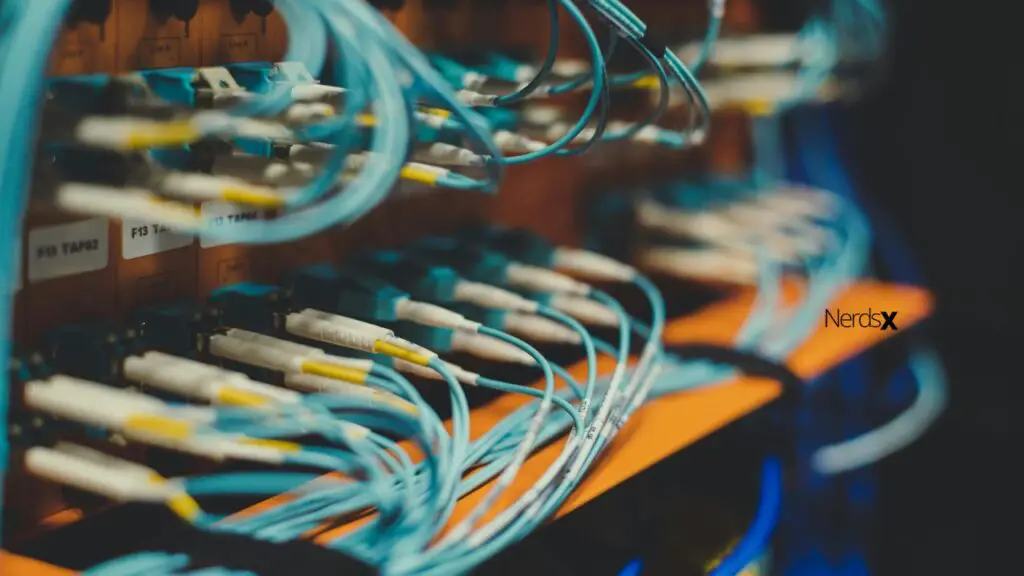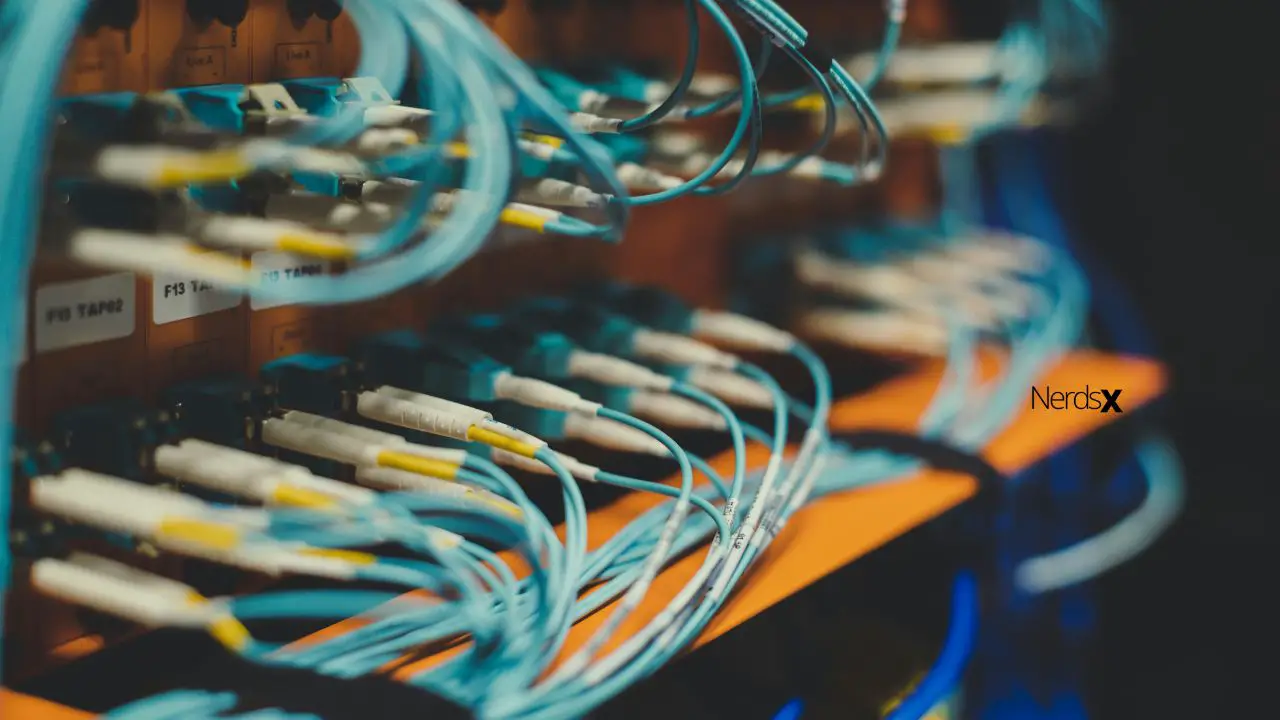Without a doubt, the world is going toward wireless technology. These technologies make it possible to connect to the internet from any place. As a result, everybody who wants to connect to the internet and get online should use Wi-Fi.
As more IoT (Internet of Things) apps get developed, we may expect to see many intelligent gadgets in our homes and businesses soon — devices that connect to the internet and function wirelessly.
Look no further if you’re wondering why your Wi-Fi is only half as fast as when you use an Ethernet connection. Wi-Fi is a technology that prioritizes convenience over performance. People want to move around with gadgets that don’t require them to get plugged in to access the internet. To make this feasible, Wi-Fi must make a lot of trade-offs that quickly mount up.
What Exactly Is Wi-Fi?
Wi-Fi is a wireless technology that allows gadgets/devices to connect to the internet without physical links. It was first introduced in 1999 and is now the most widely utilized form of connection.
What Exactly Is Ethernet/Wired Connection?
Ethernet is a method of connecting devices in a LAN that was first introduced in 1973. It comprises an Ethernet cable, a hub, a crossover cable, and a router that allows devices to communicate over a network.
Why Wireless Connection Are Half-Speed Of Wired Connection�?
Because wireless technology is significantly more prone to interference, signal loss, and degradation, which all increase with distance, Wi-Fi connections will be slower in general than ethernet connections. When utilizing Wi-Fi, these variables might affect the speeds you can get from your internet provider.
But let’s take a keen look at a few critical networking reasons why ethernet will provide a more dependable and quicker connection than Wi-Fi:
1. Signal loss and degradation – As different distances and barriers are placed in the path, wireless connections will always fade out and degrade (as per laws of physics). Wired connections use copper wiring within an ethernet cable to transmit data and suffer very little signal loss over long distances. The connection is robust and stable, unlike Wi-Fi, and it does not go away.
2. Congestion in the network — Wi-Fi is a range or “space” on the RF spectrum that all wireless devices must share.
Although Dual-band has divided this up a little, all Wi-Fi devices must still use the same network, which can grow overloaded.
�?On the other hand, each wired connection provides an immaculate and uncluttered communications path with the router via the ethernet port it is connected to; there is far less congestion and interference.
3. Full Duplex vs. Half Duplex – This means that devices on a wireless network can only transmit or receive data from the router at any moment, and only ONE device may send or receive at a time.�?
In other words, despite how “fast” the internet package is, devices on Wi-Fi must queue up and wait for the router to execute their requests, increasing delays and the risk of lower speeds and buffering/lag.
Wired devices are Full Duplex, which means they may send and receive data simultaneously. There are no lines, no traffic jams, and considerably fewer traffic disruptions than Wi-Fi.�?
That implies that on household wireless networks, devices may only send or receive simultaneously. Furthermore, only one device may send or receive data at a time. The wireless network area on the home network must be shared among all wireless devices.
That is a more technical version of the congestion issue we discussed before. Still, it is crucial to understand why wireless networks are less dependable than wired networks since all wireless traffic must be handled sequentially rather than simultaneously. All Wi-Fi devices must “queue up” and wait to send or receive data from the router.
Ethernet cables use copper wiring and work in full-duplex mode, meaning they may transmit and receive data simultaneously with no issues.�?
Wired connections on a home network don’t have to wait in line to send or receive data from the router, and they may send and receive data at the same time. That minimizes the time it takes for game traffic to go to and from the console, lowering the risk of lag compared to utilizing Wi-Fi.
Solutions To Your Wireless Speed Being Half That Of Wired Connection
1. Continue To Use Wi-Fi, But Make The Signal Stronger
The first alternative is to continue on a wireless connection but boost the signal strength so that you can gain the most speed out of your internet connection and come closer to the maximum speed attainable.
Unless you’re right next to the router, you’ll probably struggle to achieve Wi-Fi speeds that are as excellent as if you were hooked in with a cable because the signal will constantly diminish with distance.
However, several steps are taken to strengthen the wireless signal and reduce how much it degrades so that it is comparable to ethernet.
Here are some ideas to assist you in getting a better Wi-Fi connection:
1. Reset your router and devices as soon as possible.
2. Shorten the distance between your devices and your router.
3. If practicable and practical, move your router to a more central point in the house. Moving it to a higher elevation might sometimes help increase the signal.
4. Check to see whether your router is too close to other RF/EMF producing equipment, such as microwaves.
5. Take some individuals off the Wi-Fi (which isn’t always a good idea!)
6. Alternatively, utilize the Wi-Fi during off-peak hours when less congested. Remember that an internet service’s overall speed is shared among all users, not a per-person allocation.
7. Make sure your router’s firmware and drivers are up to date. Look for the newest drivers for your router’s brand and model on Google and learn how to install them.
8. If there are any evident obstacles between your router and your device that can be relocated, do so. (For example, transportable furniture, stands, racks, and other home or DIY “things”)
9. If at all feasible, use a wired connection.�?
10. If you’ve had your present router for a long time, contact your ISP to see if they can give you a more current router with improved performance.
2. Switch To A Wired Connection
In many circumstances, it is preferable to use wired connections if feasible. Let’s have a look at the two most common approaches.
1. Invest in an Ethernet cable. Although this is the most obvious choice, we cannot stress how much more solid and dependable cable connections are compared to Wi-Fi. Instead of having highly variable speeds and signal “drop-outs” and “dead zones” with Wi-Fi happens.
The dead zones substantially lower the speeds available. The further away you walk from the router, the more you connect directly to your router using a LAN cord, which allows you to gain the most out of your internet subscription.
If at all feasible, connect to a wired ethernet connection. We understand that not everyone wants to extend extensive network wires throughout their home. It might appear awkward and bulky for people who aren’t into DIY, and it can be challenging to set up. Let’s have a look at a brilliant home networking solution that might help you avoid this while still allowing you to connect to a cable connection.

2. Use A Powerline Adapter – This is an excellent way for bypassing Wi-Fi and obtaining an ethernet connection without having to extend extensive wires throughout the home. Powerline kits comprise two adapters that are plugged into a power socket. One plug is linked to your router, while the other is connected to your device, and the two plugs interact using your home’s existing circuitry to provide a wired connection to your device.
They can be a fantastic method to connect to your network via cable even if you’re many rooms away from it, providing faster speeds than using Wi-Fi. It’s only that instead of trailing network wires along walls or down staircases, the signal is sent mainly through the home electrical wiring.
If you’re having trouble with your Wi-Fi but can’t connect a long cable to your router, powerline adapters can be a fantastic alternative. They may link you to the internet through a wired connection, which offers faster speeds and reduced ping.
However, it would be best to consider the following while using powerline adapters:
1. To allow the adapters to communicate, they rely on the home wiring to be in excellent working order. In older homes with worn or intricate electronics, you can encounter issues.
2. They may communicate between circuit phases/rings, although you may notice a speed loss as you move from one step to the next. However, especially for gamers, these may be preferable to utilizing Wi-Fi.
Conclusion
We’ve gone over the primary reasons why wired connections are nearly always preferable to wireless connections for home networking and gaming in particular. Wired connections have specific benefits, and wireless connections have certain drawbacks, making wired the better solution for gaming when the latency is a concern.
Wireless speeds will never be as stated; thus, the only thing that matters is that adequate bandwidth is available for critical applications like laptops and cell phones. A wired connection is a gold standard if you’re concerned about a computer’s network performance.

